Calibration services, sometimes called instrument calibration services, are an essential part of the upkeep of any measurement device or instrument. Calibration services’ purposes are to take a measurement of the precise output of a device, usually in terms of its power, and compare this reading with the manufacturer’s standards to find out if the device is running both safely and efficiently. Read More…
Custom Calibration specializes in on-site and laboratory calibration which will keep costly equipment downtime to a minimum and maximize your overall productivity. We have over 30 years of experience providing calibration services for mechanical, dimensional, scale, torque, humidity, and many more applications. Our company’s mission is to achieve total customer satisfaction by providing prompt, ...

Continental Testing specializes in calibration, repairs, and testing services for the aviation industry. We have dimensional, electrical, lighting, physical, chemistry, and avionics testing capabilities. We offer on-site testing in at least 30 states and provide expert services in aviation, railroad, plumbing, electronics, tool & die, and construction sectors.
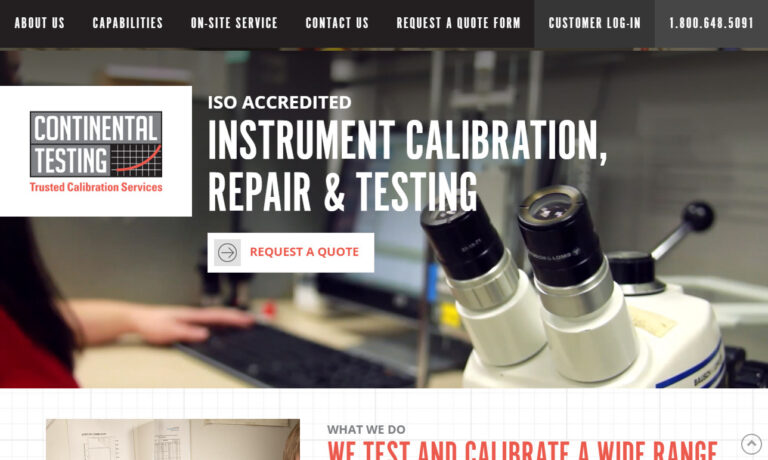
At MSI-Viking Gage, LLC, we are dedicated to providing industry-leading calibration services that are both comprehensive and adaptable to meet the diverse needs of our clients. With extensive ISO 17025 Accredited and ISO 9001 Certified calibration capabilities, we ensure that every measurement and calibration we perform adheres to the highest standards of accuracy and reliability. Our services...

In a world where precision is paramount, Constellation PowerLabs stands as a beacon of trust, offering calibration services that transcend mere measurements. We are a partner in progress, working hand-in-hand with organizations to enhance their operations through the lens of accuracy, quality, and reliability. When you choose Constellation PowerLabs, you choose a steadfast commitment to...

At Sarkinen Calibrating, we specialize in delivering precise calibration services tailored to meet the exacting needs of our clients across a variety of industries. Our expertise encompasses a broad range of instruments and equipment, ensuring that they perform to the highest standards of accuracy and reliability. We take pride in our advanced technology and methodologies, which allow us to...

At ATS Lab, we take pride in delivering exceptional calibration services that support the critical operational needs of industries across diverse sectors. Our team of highly trained technicians and specialists is dedicated to achieving and maintaining the highest levels of precision, ensuring that your equipment performs accurately and consistently.
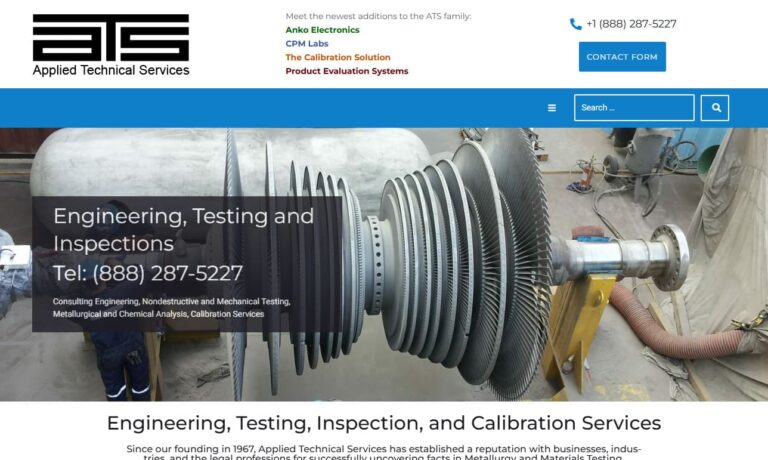
Sierra provides accurate calibration services for mass flow meters and controllers, insertion thermal flow meters, vortex, and ultrasonic flow meters. With more than 40 years of expertise in gas, air, or liquid flow calibration, you can count on our team to make sure your flow meter operates with efficiency and pinpoint accuracy. We believe in providing personalized and customized service, and...

At H & H Environmental Systems, we specialize in creating innovative environmental test chambers designed to meet the highest standards of reliability and precision. Our products are crafted to simulate a wide range of environmental conditions, ensuring the durability and performance of materials and products across industries.

More Calibration Services Companies
A calibration device utilizes electrical signals to adjust and calibrate instruments or other devices. Technicians identify the error margin and then adjust the device to meet the manufacturer’s specifications, enhancing its accuracy. Calibration involves comparing the device under test to a known reference value to determine measurement discrepancies. Note: This should not be confused with performance review calibration, where managers collectively evaluate and rate employee performances.
Calibration Service Applications
Calibration services are essential for ensuring that standardized instruments deliver accurate readings and continue to detect anomalies, including fluctuations, heat variations, defects, and wear patterns. In both industrial and laboratory environments, devices that rely on pressure, temperature, or speed must be meticulously calibrated to maintain optimal efficiency. Experts can calibrate a wide array of instruments, including load cells, laboratory scales, data acquisition sensors, temperature sensors, chemical sensors, strain gauges, and automotive sensors such as light, temperature, mass airflow, wheel speed, fuel level, and airbag sensors. Additionally, they handle proximity sensors, optical gauges like fiber optic sensors and photon counters, temperature gauges including thermometers and pyrometers, navigational instruments, Geiger counters, and many other specialized devices.
History of Calibration
The evolution of calibration services began with the need for standardized weights and measurements. Before standardization, measurement practices varied greatly across regions and individuals. For example, the cubit, one of the earliest units of distance, was defined as the span from a person’s shoulder to the tip of their nose, resulting in inconsistent measurements. An extraordinary instance of measurement arbitrariness occurred when King Henry of England, who reigned from 1100 to 1135 AD, defined the yard as the distance from his outstretched thumb to the tip of his nose. The drive for standardization gained momentum in the late 1100s, with the introduction of the Assize of Measures in 1196, which formalized length measurements. This was furthered in 1215 when the Magna Carta included standardized measures for wine and beer.
During the Renaissance and Industrial Revolution, inventors introduced a range of measurement instruments, such as Torricelli’s mercury barometer in 1643. This innovation highlighted the necessity for precision, leading to the adoption of calibration practices. Initially used in the Civil War to describe the assessment of gun calibers, including barrel dimensions and bullet sizes, the term “calibrate” eventually broadened to encompass various precision and measurement applications.
In the 20th century, calibration services became vital across numerous sectors, particularly in the oil and gas industry. The 1990s saw the formation of two major standards organizations, the International Electrotechnical Commission (IEC) and the International Organization for Standardization (ISO). Professionals in calibration depend on the guidelines provided by IEC and ISO to maintain adherence to current standards in alignment and measurement science.
Today, in addition to adhering to IEC and ISO standards, the United States continually updates its national regulations for performance and calibration, overseen by agencies such as the National Institute of Standards and Technology (NIST). These regulations help ensure uniform safety and efficiency standards across the nation. It is crucial to verify that calibration service providers and their equipment are certified by organizations like NIST. We strongly advise engaging only with accredited suppliers.
Recent advancements in electronic technology have significantly transformed calibration services. Modern sensors and transducers now deliver exceptional accuracy and flexibility, enabling precise measurements across various instruments and locations. This level of precision was not achievable with traditional manual calibration methods, and these technological innovations ensure high-quality performance in sophisticated equipment.
Calibration Service Procedure
Calibration service providers offer two primary options for checking your instruments: either at their facilities or via an on-site technician upon request. Notably, some companies and their affiliated brands also provide rental options for test equipment.
These calibration specialists perform their services according to standardized measurements set by metrology. Utilizing their own precise instruments, technicians will measure and calibrate your equipment based on your specific requirements, including the type of measurement unit and the necessary accuracy in compliance with relevant standards and regulations.
The calibration process undertaken by technicians is systematically executed through the following three detailed stages:
- Defining the Unit of Measurement Technicians initiate the process by precisely defining the unit of measurement. This unit may encompass a broad spectrum of physical quantities, including but not limited to distance (ranging from micrometers to light years), volume, mass, time, strength, flow, longitude, and temperature. Each of these units must be clearly identified to ensure accurate calibration.
- Realization of Measurement Following the definition of the unit, technicians translate it into a quantifiable scale to establish relevant ratings. This involves calibrating the instrument or tool to measure the unit’s output or allowance with high precision. The process includes setting the instrument to register readings within the established parameters of the defined unit.
- Traceability to a Quantitative Rating Once measurements are taken, technicians assign a quantitative rating to the results. These ratings are then compared against established baseline standards to ensure accuracy. The results are meticulously recorded, creating a comprehensive traceability record that documents the calibration process.
Upon completing these stages, technicians are equipped to make any necessary adjustments to the instrument, ensuring its measurements align precisely with the accepted standards or reflect accurate readings. Calibration service providers also regularly calibrate and test their own equipment as part of their operational procedures. This practice is conducted according to a defined schedule known as the calibration interval. Adhering to this interval ensures the accuracy and reliability of their equipment, thereby upholding the integrity and quality of their calibration services.
Calibration Machinery
To perform various types of calibration, service providers utilize an extensive array of tools and equipment. These encompass handheld instruments, stationary devices, and portable machinery, each designed to meet specific calibration needs.
Handheld calibration devices are typically compact and operated manually, offering flexibility in various settings. In contrast, fixed calibration instruments are stationary, commonly utilized in factories and other production environments as required. Portable calibration devices, which can be substantial and mounted on wheels, provide the advantage of mobility, allowing them to be easily transported throughout a facility as needed.
Variations of Calibration Processes
Traceable calibration is a methodical process that involves evaluating an instrument’s measurements against a set of established, traceable standards. This approach ensures that the instrument’s performance is aligned with known, reliable benchmarks. By systematically comparing these standards to the instrument’s outputs, technicians can identify and correct any discrepancies, including precision errors and biases. This process is crucial for detecting and addressing any anomalies or unexpected readings that might arise during operation.
Pipette calibration is essential in medical and laboratory environments where precise liquid measurement is critical. A pipette, an instrument designed to dispense exact quantities of liquids, plays a vital role in these settings. Accurate pipette calibration ensures that the instrument delivers precise volumes, which is fundamental for reliable experimental results and patient safety. Regular calibration is therefore necessary to maintain the accuracy and reliability of the pipette, ensuring that it meets stringent standards required in scientific and medical applications.
Torque wrench calibration is an essential process for ensuring the precision of torque measurements applied to nuts and bolts in various applications. Torque, defined as the product of force and distance, requires careful calibration to guarantee accuracy. This process involves adjusting the torque wrench to ensure that the applied force matches the desired torque setting. Proper calibration is crucial to prevent issues such as over-tightening or under-tightening, which can lead to mechanical failures or compromised connections. By calibrating the torque wrench, we ensure that each application of force is precise and reliable, contributing to the overall integrity and safety of the mechanical assembly.
Load cell calibration is a critical procedure for achieving accurate weight measurements in scales. Load cell calibrators, often handheld devices, play a key role in this process. To perform calibration, technicians connect the calibrator to a transducer equipped with a ready load cell. The calibrator, which has been pre-standardized, measures a weight that the load cell is also assessing. The readings from the calibrator are displayed separately from those on the load cell. Technicians then adjust the load cell to align its measurement with that of the calibrator, ensuring that both devices produce consistent and accurate readings. This calibration process is vital for maintaining the reliability and accuracy of weight measurements in various applications.
Scale calibration refers to the precise adjustment and verification of weighing scales to ensure their accuracy and reliability. This process is crucial for various types of scales, including those used in laboratory environments and industrial settings. Often, scale calibration involves the calibration of load cells, which are integral components in many modern scales. Load cells convert the weight of an object into an electrical signal, and their proper functioning is essential for obtaining accurate weight measurements.
Multimeter calibration involves the meticulous adjustment and verification of multimeter devices, which are essential tools for measuring electrical parameters. Multimeters typically measure electric voltage, current, and resistance, and their accuracy is crucial for reliable electrical diagnostics and troubleshooting.
Hardness testing is a method used to determine the hardness of various materials. This process involves assessing a material’s resistance to deformation, scratching, or indentation under a specific load. Hardness tests provide critical information about a material’s durability and suitability for different applications. By measuring how a material responds to applied force, these tests offer insights into its structural integrity and performance characteristics.
Types of Calibration Services
Calibration services are offered in multiple formats, each designed to meet specific needs. There is on-site calibration, laboratory calibration, mobile calibration units, scheduled calibration maintenance, and remote calibration support through digital platforms. Calibration services can address a number of issues.
Pressure calibration service is designed to ensure the precision and accuracy of pressure-measuring devices used across various applications. This includes calibrating pressure switches, pressure transmitters, relief valves, and barometers for both gas and liquid systems, regardless of whether they operate above or below atmospheric pressures. By performing meticulous adjustments and checks, we guarantee that these critical instruments provide reliable and consistent measurements in diverse operational conditions.
Temperature calibration service focuses on fine-tuning temperature-measuring devices to achieve exact readings. This encompasses a range of instruments such as thermocouples, resistance temperature detectors, thermistors, bimetal thermometers, as well as thermal cameras and infrared meters. The calibration process is conducted within a controlled environment to maintain the highest standards of accuracy and reliability, ensuring that each device operates correctly within its intended temperature range.
Humidity calibration involves the precise calibration of instruments used for measuring humidity, such as humidity recorders, probes, sensors, and thermohygrographs. This process entails the measurement of parameters including relative humidity and vapor pressure. Conducted in a controlled environment, humidity calibration mirrors the procedures followed in temperature calibration services.
Flow calibration focuses on the accurate calibration of volumetric and mass flow meters, as well as flow controllers used in gas and liquid distribution systems. Regular flow calibration is essential as it ensures the proper regulation of fluid flow through process equipment and pipelines, thereby maintaining quality and safety standards.
Electrical calibration is a specialized service designed to calibrate instruments that measure electrical properties such as voltage, resistance, current, inductance, and capacitance. This calibration service encompasses devices including oscilloscopes, multimeters, data loggers, and clamp meters.
Dimensional calibration focuses on calibrating equipment used to measure dimensional features such as length, volume, flatness, and angle. This service is applicable to instruments including micrometers, calipers, and height gauges.
Force calibration involves the calibration of devices that measure force-related characteristics, including weight, torque, and both tensile and compressive forces. The process entails comparing the forces applied to the test device against established calibration standards.
Benefits of Calibration Services
Calibration services provide several key benefits. Regular calibration is essential for maintaining instrument accuracy, which is often a requirement in many industries to meet safety and efficiency standards. By ensuring precision, calibration services support fair trade and honest business practices globally. Moreover, by minimizing measurement errors, especially in critical areas such as pollutants and allergens, calibration services contribute to societal health and safety.
Calibration services not only maintain instrument accuracy but also improve the performance and efficiency of machines that experience wear over time. By ensuring accurate calibration, these services help keep maintenance and repair costs low, as properly calibrated measuring devices reduce the risk of malfunctions and repair needs in the machines they monitor. However, it is important to recognize that while calibration devices are highly effective, they are not flawless. Achieving true accuracy requires technicians to account for all factors affecting calibration, though advancements in electronic methods have notably decreased the margin of error.
Calibration Services for Industrial Uses
The food industry relies on a range of equipment that must be regularly calibrated to ensure quality assurance and compliance with FDA regulations. Essential calibration services include temperature calibration, which is critical as temperature fluctuations can impact food safety, hygiene, quality, and equipment performance. To prevent issues like pathogen growth due to improper temperatures, on-site calibration is often necessary. Additionally, color measurement instruments, such as colorimeters and spectrophotometers, must be calibrated daily and annually to maintain accurate color standardization of food products.
In engineering, calibration is crucial for ensuring the production of high-quality products. Equipment that remains uncalibrated often results in elevated rates of rejected parts, increased costs and production time, and potential damage to the company’s reputation. To mitigate these issues and maintain product standards, it is imperative that equipment undergoes timely calibration.
The pharmaceutical industry is subject to stringent regulations imposed by the U.S. Food and Drug Administration (FDA) to ensure the highest quality standards for medicines. To comply with these regulations and maintain the integrity of their products, pharmaceutical companies must implement rigorous calibration practices. Essential calibration services in this sector include the calibration of pipettes and micropipettes, precision temperature calibration using platinum resistance temperature detectors and probes, and precision mass calibration. These measures are critical for ensuring accuracy and reliability in pharmaceutical manufacturing processes.
Things to Consider Regarding Calibration Services
To ensure your devices maintain optimal performance and accuracy over time, connect with a reputable calibration service provider. We have listed several reliable, experienced, and accredited companies on this page.
Begin by outlining your requirements, including details about your equipment, budget, and whether you need on-site calibration or can transport your instrument. Review the listed calibration companies, select three or four that best match your needs, and contact their customer service teams. Discuss your application in detail, take notes, or request written quotes. Compare the responses and choose the provider that best meets your needs.

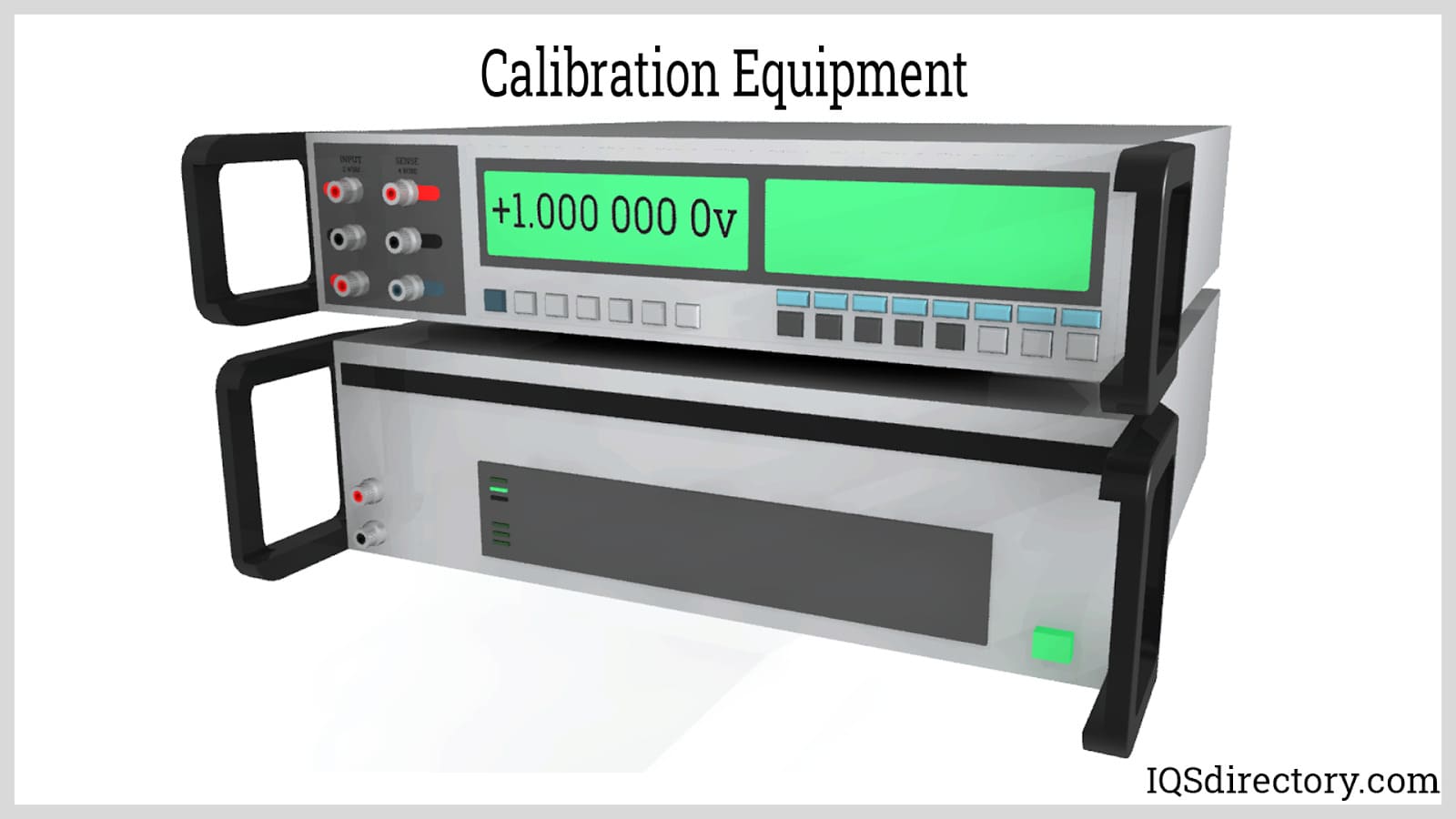
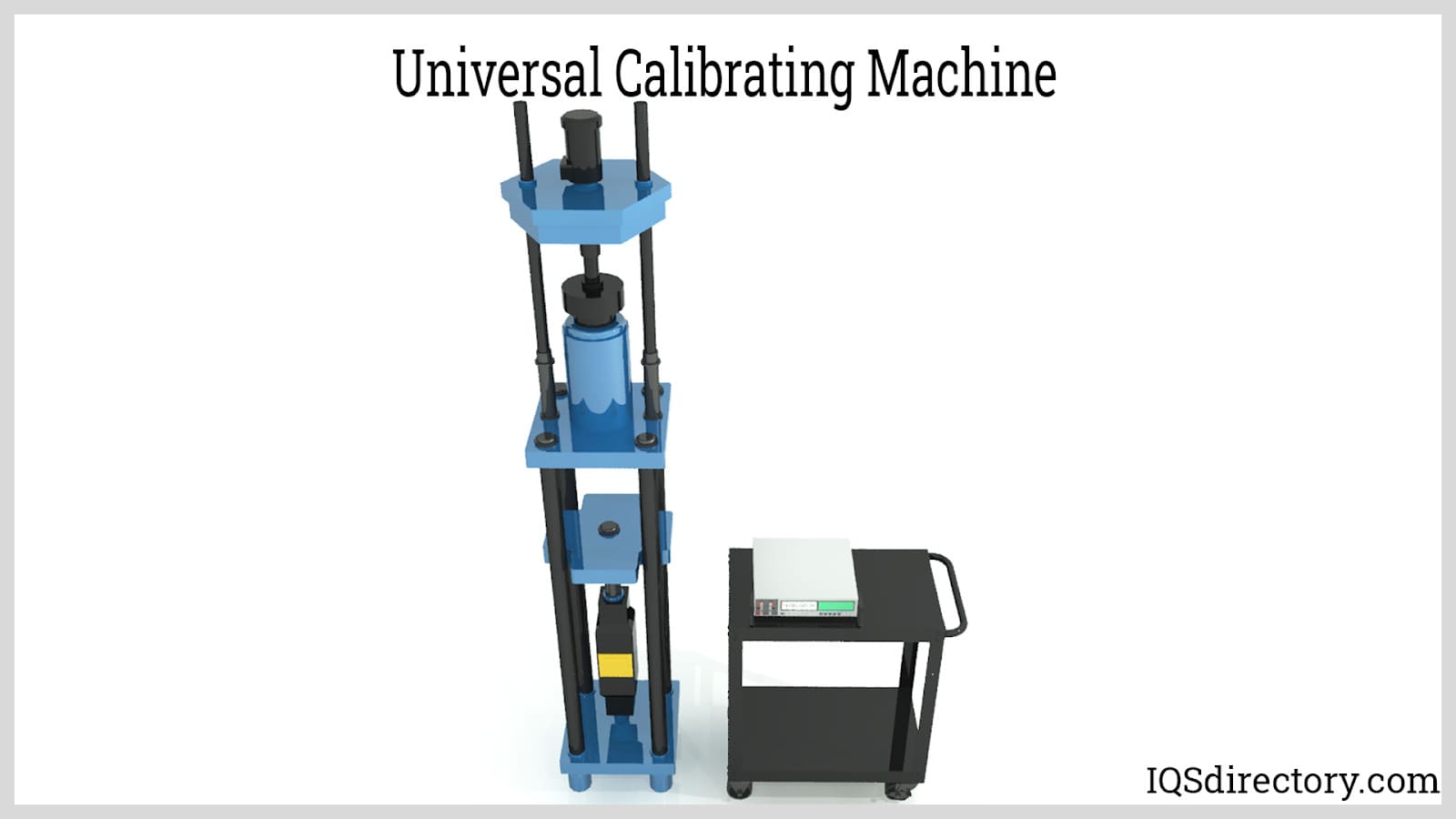
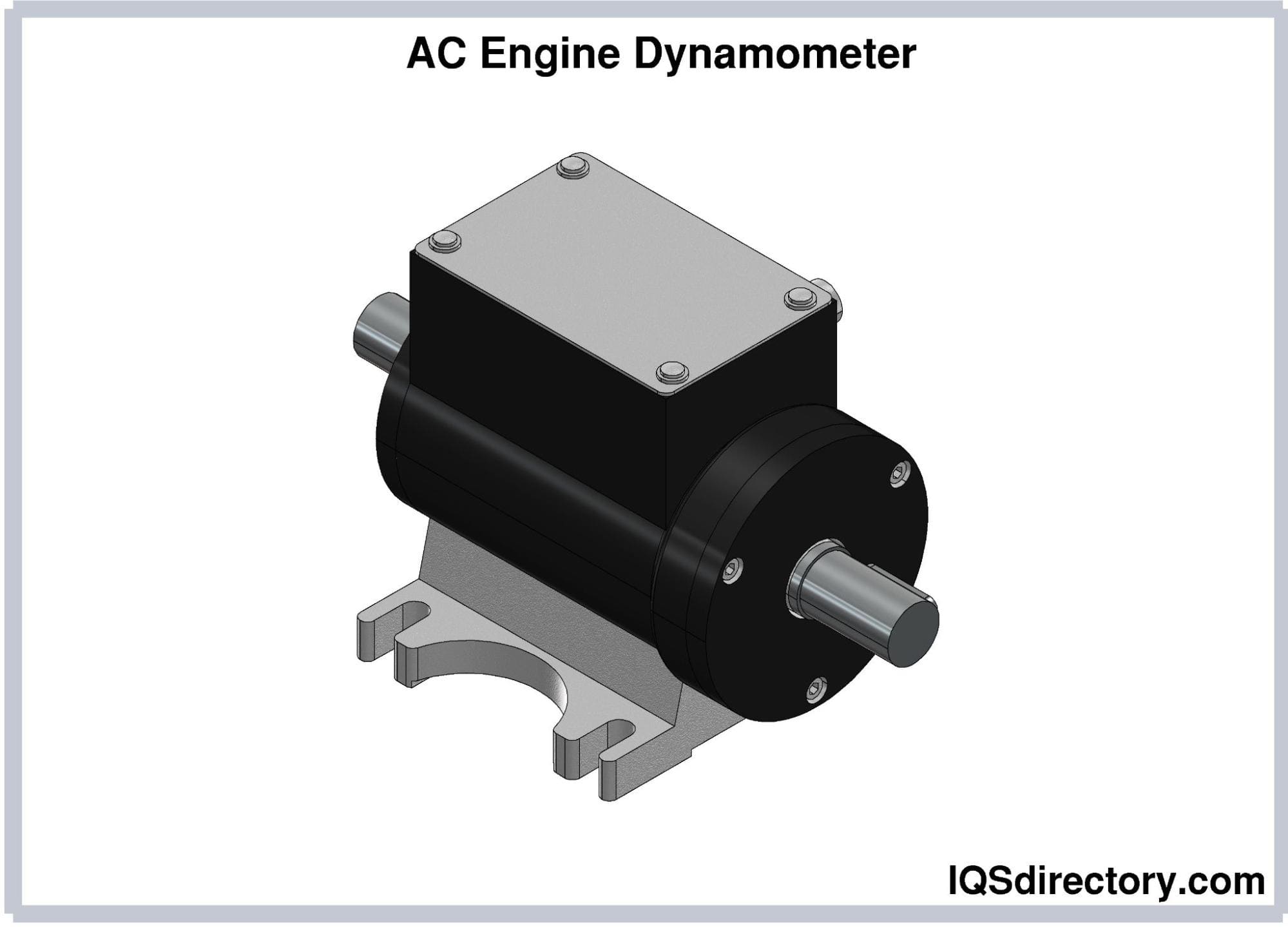
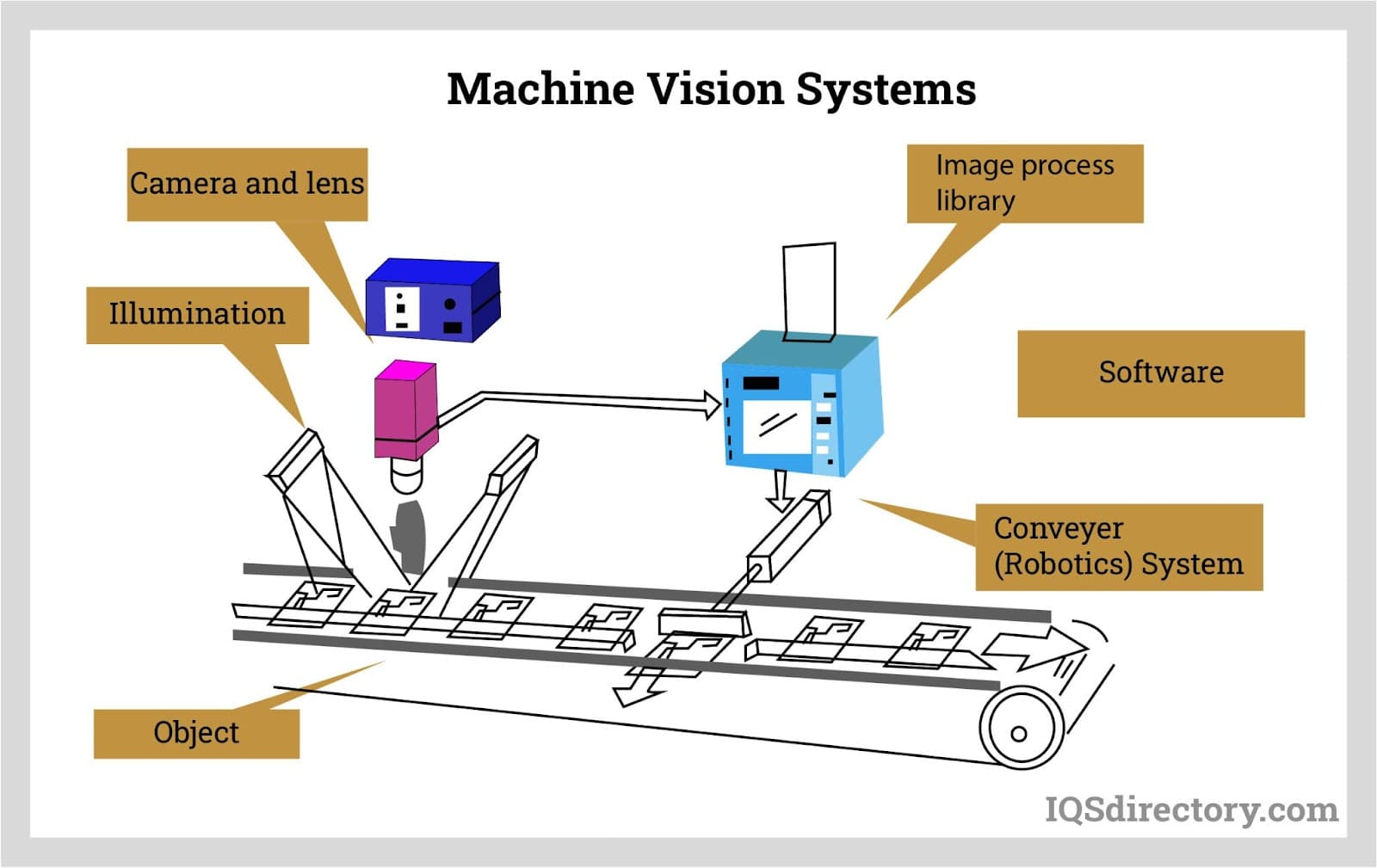
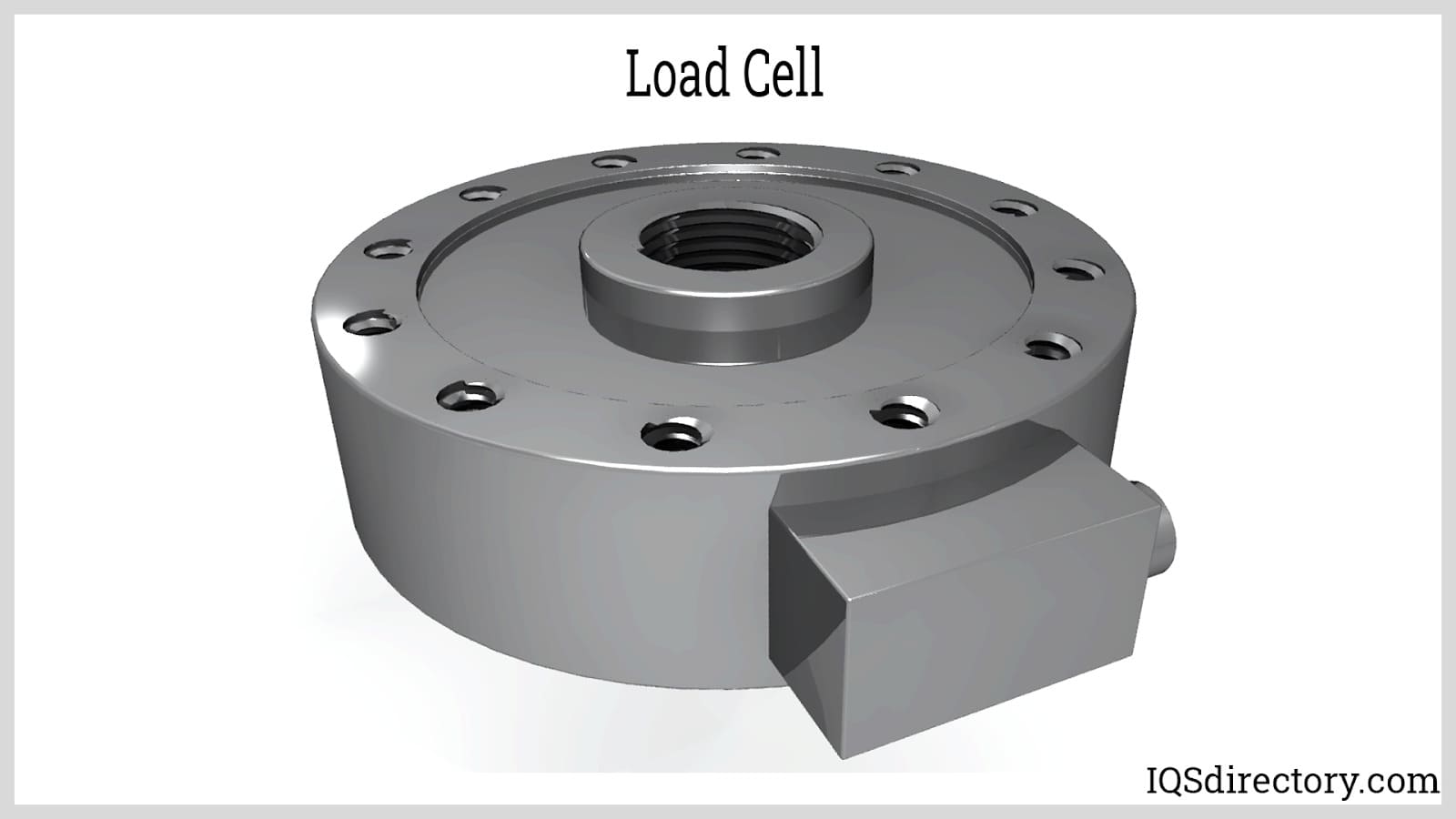
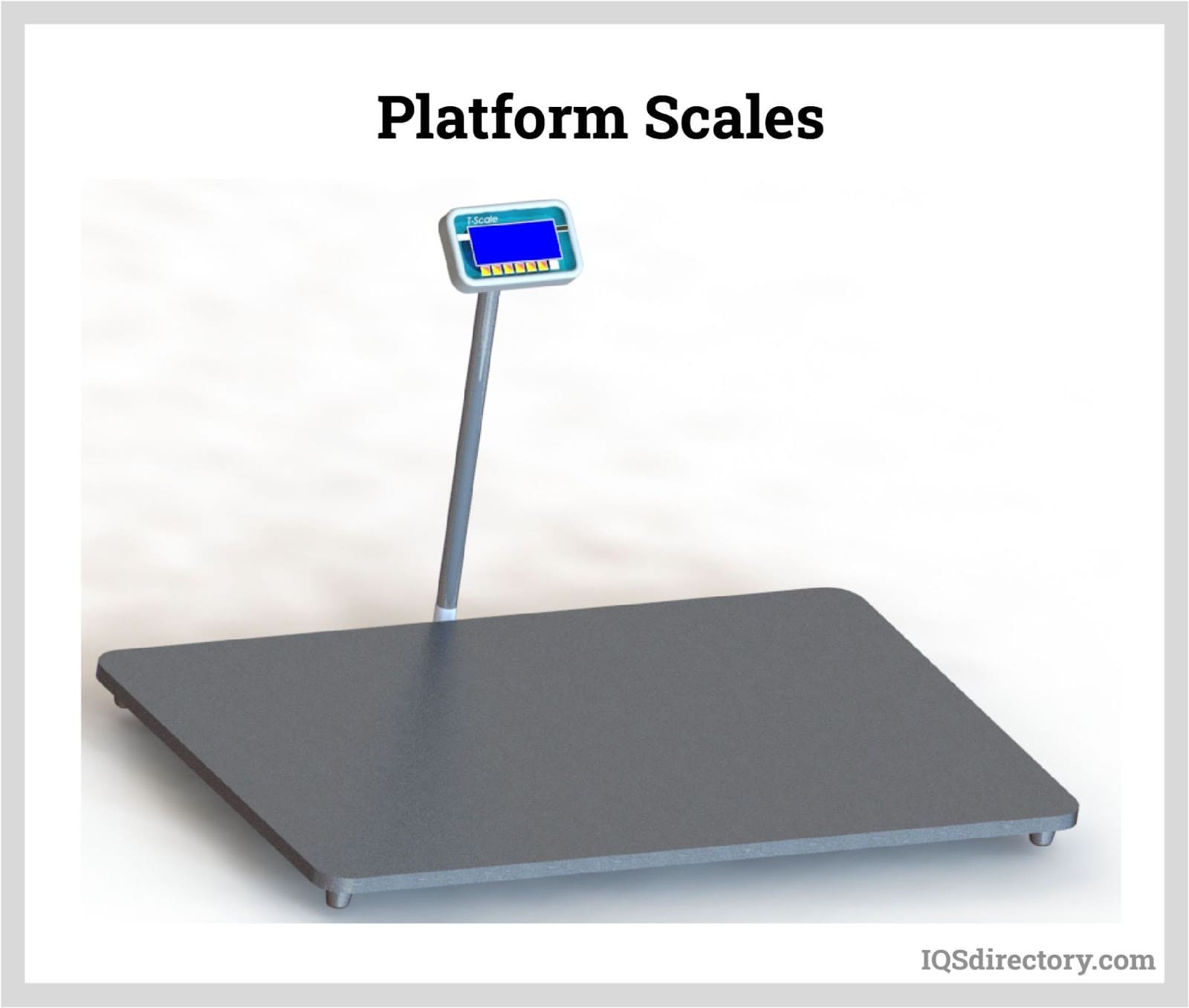
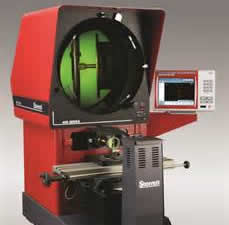 Calibration Services
Calibration Services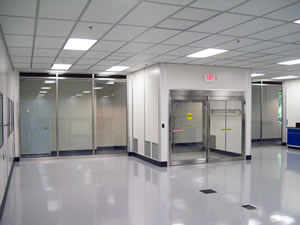 Clean Rooms
Clean Rooms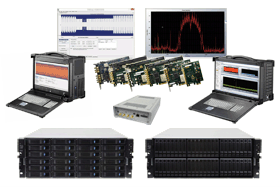 Data Acquisition Systems
Data Acquisition Systems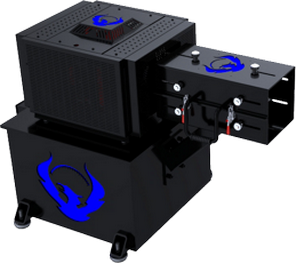 Dynamometers
Dynamometers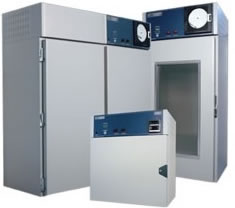 Environmental Test Chamber
Environmental Test Chamber Leak Detectors
Leak Detectors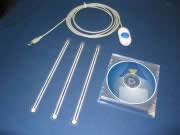 Load Cells
Load Cells Machine Vision Systems
Machine Vision Systems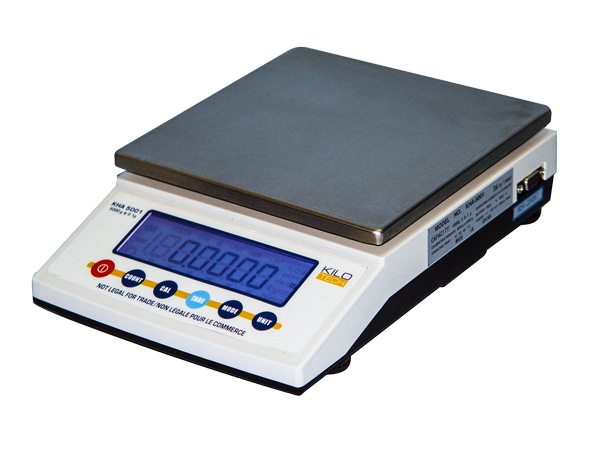 Scales
Scales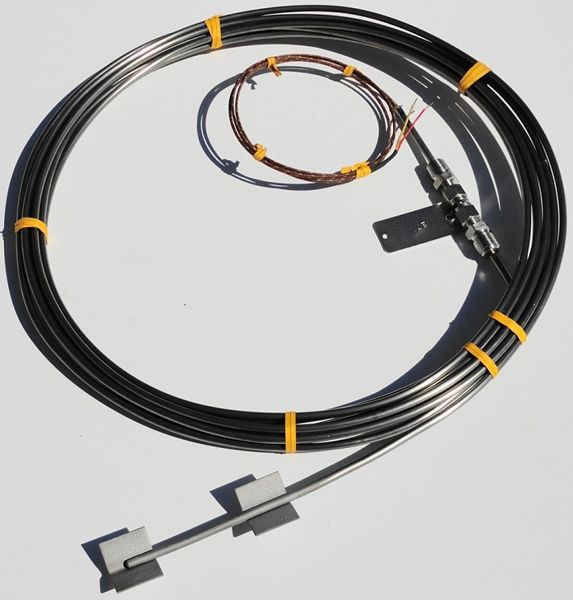 Thermocouples
Thermocouples Castings & Forgings
Castings & Forgings Bulk Material Handling
Bulk Material Handling Electrical & Electronic Components
Electrical & Electronic Components Flow Instrumentation
Flow Instrumentation Hardware
Hardware Material Handling Equipment
Material Handling Equipment Metal Cutting Services
Metal Cutting Services Metal Forming Services
Metal Forming Services Metal Suppliers
Metal Suppliers Motion Control Products
Motion Control Products Plant & Facility Equipment
Plant & Facility Equipment Plant & Facility Supplies
Plant & Facility Supplies Plastic Molding Processes
Plastic Molding Processes Pumps & Valves
Pumps & Valves Recycling Equipment
Recycling Equipment Rubber Products & Services
Rubber Products & Services